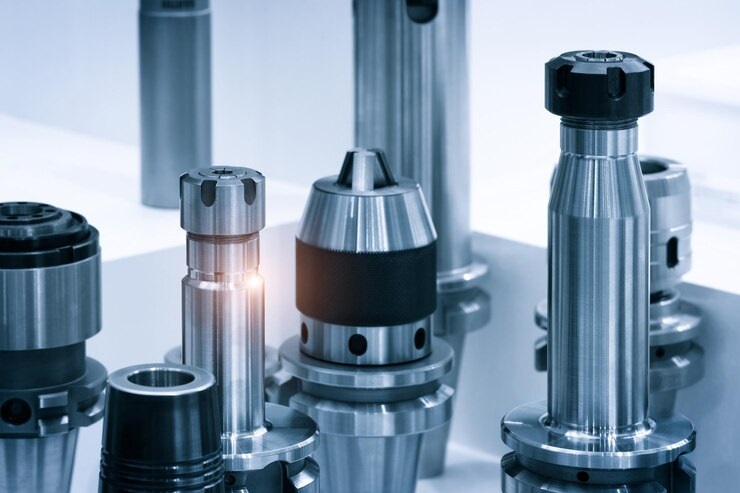The engineering and automotive mechanical industries rely on shaft couplings as vital parts of their machinery and operations. The purpose of these couplings is to safely join two shafts together while letting them spin or move independently without causing any damage.
Choosing the correct FF shaft coupling bearing (ลูกปืนจับยึดปลายเพลา FF, which is the term in Thai) for your application is crucial for achieving the best level of reliability. This article will provide all the information you need about shaft couplings, including what they are and their kinds.
Define Shaft Coupling
Shaft couplings are designed to transfer power from one rotating shaft to another with minimal energy loss and to compensate for shaft misalignment. Additionally, many kinds of shaft couplings might lend a hand with supplementary operational tasks.
Shaft coupling Types
Beam Couplings
In most cases, a beam coupling with one or more helical cuts in the coupling body can handle angular misalignments of up to seven degrees and parallel misalignments of up to 0.025 inches.
Bellows Couplings
Their excellent torsional stiffness—provided by their many metal convolutions—is crucial for locating applications. Compared to beam couplings, their torsional stiffness limits the amount of angular and parallel misalignment they can allow.
Jaw Couplings
Couplings with curved or straight jaws, which include elastomeric spiders and pairs of multi-jawed hubs, are utilised for light power transfer and motion control. A torque gearbox without backlash is possible because of the design.
Diaphragm Couplings
In turbomachinery and other high-power gearbox applications, diaphragm couplings are the norm. Typically, they use a diaphragm stack to transfer power from the driving machinery to an inner spacer shaft, which transfers power to one or more flexible metal convoluted discs.
Disc Couplings
Disc couplings attach to the shaft hubs using one or more discs in a single or two-stage design. Their thin metal discs are flexible enough to transmit torque and account for angular misalignment, making them ideal for power transmission. A typical application for them is coupling high-horsepower motors, gas turbines, etc., to loads due to the tremendous torques they can convey.
Gear Couplings
Gear couplings can also transmit high torques. They are typically capable of misalignment to 2 degrees in angular and 0.01-0.02 inches in parallel.
Oldham Couplings
The movable element architecture of Oldham couplings allows them to handle high degrees of parallel misalignment. In recent iterations, the central part is often made of an elastomer rather than metal.
The reliable connections provided by an FF shaft coupling bearing, which enable independent movement and rotation, make them a key component of many devices and have diverse uses across many sectors. Shaft couplings come in a range of stiffness, flexibility, and fluidity levels, each with benefits and uses.

